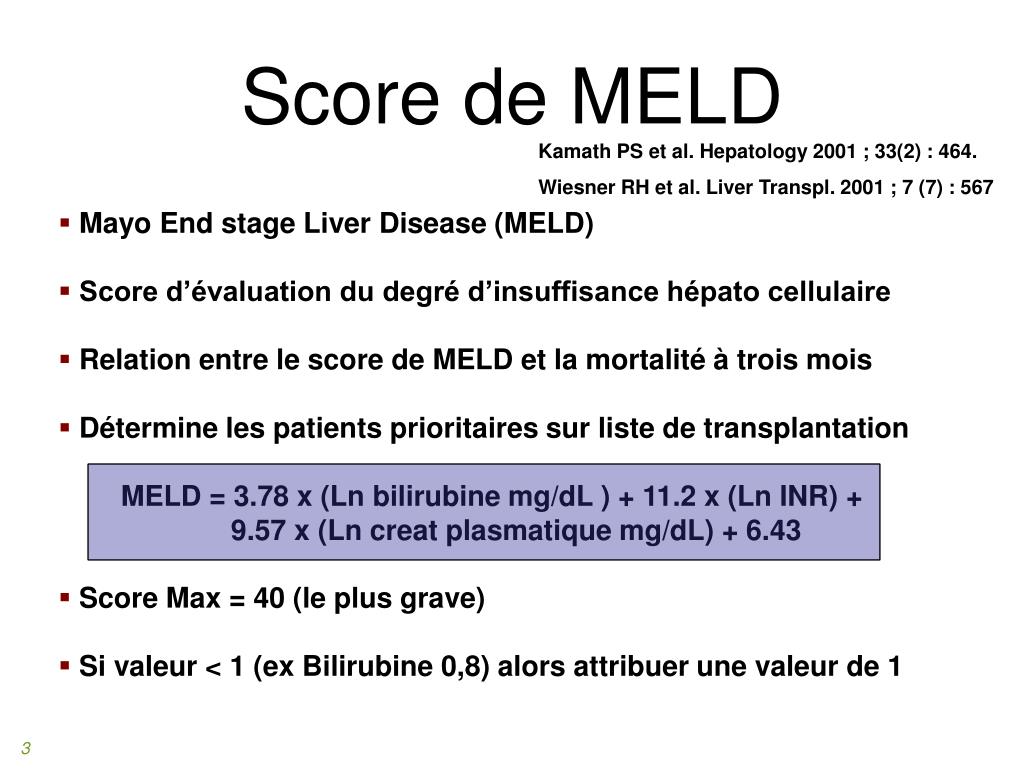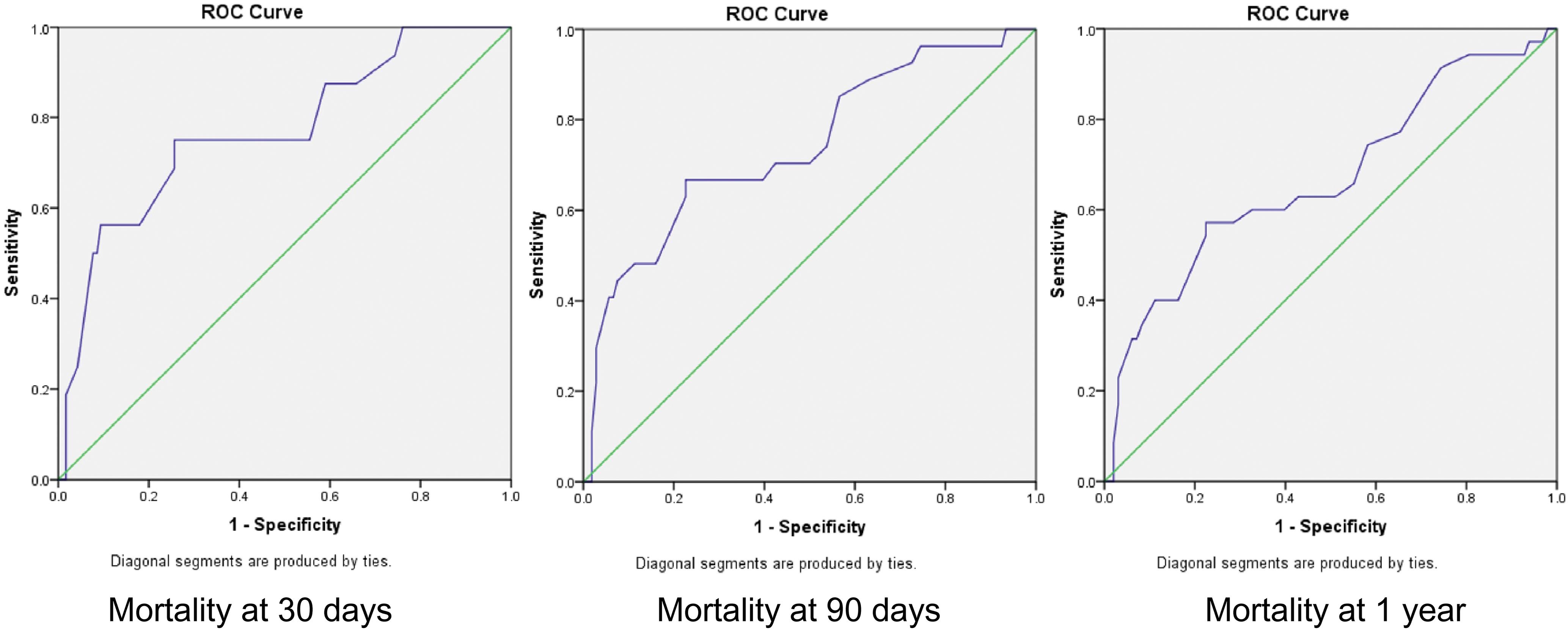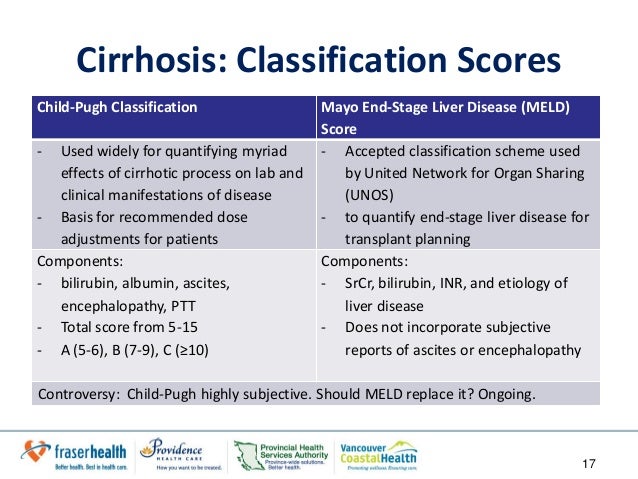

1 – 3 Postoperative mortality after non-transplant surgery is 11–25% for cirrhotic patients, compared to 1.1% for patients without cirrhosis of the liver. Patients with cirrhosis are also at increased risk of morbidity and mortality after surgery. Good correlation was seen for the observed mortality with MELD, MELD-Na and CTP scores.Ĭhronic liver disease is a multi-system disorder which leads to decreased quality of life and life expectancy.

The strength of prediction of mortality by Mayo risk score calculation was similar at postoperative days 30 and 90 but decreased at 1-year after the surgery. Good correlation was seen for observed mortality with CTP class and with MELD and MELD-Na scores.Ĭonclusions: The Mayo model for predicting postoperative mortality in patients with cirrhosis of the liver demonstrated good correlation in this study. The area under the receiver operating characteristic curve values for the Mayo model as a predictor of 30-day, 90-day and 1-year mortality were 0.836, 0.828 and 0.744 respectively. Results: The all-cause observed mortality rates at postoperative days 30 and 90 and at 1 year were 12%, 20.3% and 26.3% respectively. Telephonic interview was performed with the patients and or their relative to ascertain survival or time of death after surgery, when the information was not available from the hospital records. The Mayo risk score was applied to each and used to calculate predicted mortality the MELD and MELD-Na scores were also calculated. Methods: The electronic records database of our hospital was accessed to analyze the data of 133 cirrhotic patients who underwent various surgeries under general anesthesia from October 2009 to June 2017. We also studied the association of the observed mortality with the Child-Turcotte-Pugh (CTP) class and the model for end-stage liver disease (MELD) and model for end-stage liver disease-sodium (MELD-Na) scores. We investigated the mortality in patients with cirrhosis of the liver who underwent surgery other than liver transplant and applied the Mayo clinic model to predict mortality and compare with the observed mortality. Therefore, in principle, the score should only be applied after these reversible conditions have been treated, according to the authors ( Kamath 2007).Background and Aims: Patients with cirrhosis of the liver have high mortality after surgery.

Scores range from 6 to 40, with higher scores correlating with increased severity of liver dysfunction and higher three-month mortality.The MELD Score predicts three-month survival in patients (age 12+) with liver cirrhosis.MELD can be used on any patient with end stage liver disease irrespective of cirrhosis etiology.Values should be no more than 48 hours old.


 0 kommentar(er)
0 kommentar(er)
